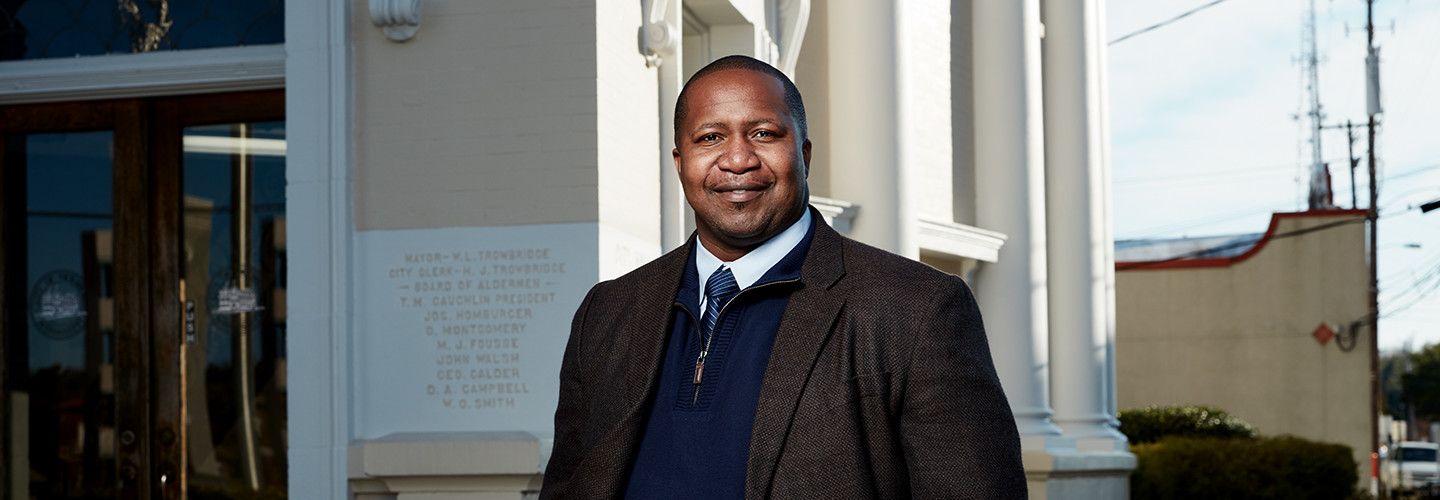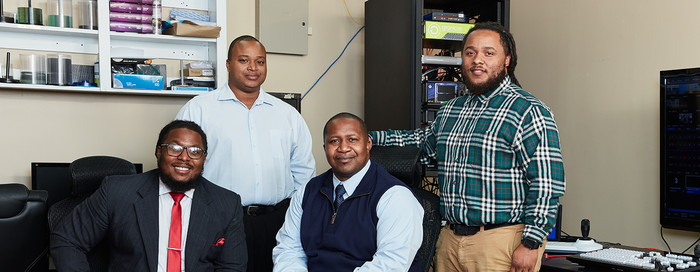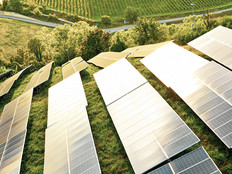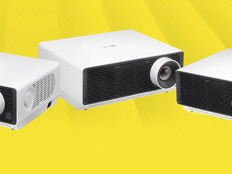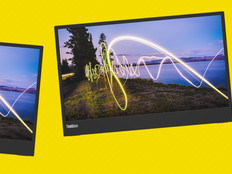The staff at Vicksburg TV, the city’s government access cable television station, use a powerful video production system allows to create professional-quality productions. Photography by Daymon Gardner.
The TriCaster system also helps VTV stream meetings live on Facebook and YouTube, adds Adrian Reddix, an IT technician at the station. “That has led to more citizen engagement. People definitely ask lots of questions and leave lots of comments.”
Agencies should work with IT leaders to plan around issues of networking capacity and security, he adds.
Coleman and Reddix say the TriCaster TC1 is so feature-rich that they are still exploring what it can do. “The TriCaster seems to be a robust system that has many different uses, and it takes a very creative mind to get in there and explore all the possibilities of the system,” Reddix notes. “I know there are features we haven’t touched yet.”
MORE FROM STATETECH: These are the key state and local government IT trends to stay on top of in 2020.
Napa Valley TV Boosts Production Quality
In 2018, when Napa Valley Television, a public education and government channel in Napa, Calif., upgraded its equipment, it chose to acquire a NewTek TriCaster TC1 production switcher. “One of the big things for us was the virtual set design,” says James Raymond, Napa Valley TV’s executive director. “Our entire facility is less than 1,000 square feet. We have to make it look as big as possible in a 12 by 16 studio, which doesn’t give us much room.”
Using capabilities including a green screen, users can set up three different angles with three distinct backgrounds and create virtual sets. This gave Napa Valley TV the opportunity to allow its members to produce much higher-quality shows without much need for technical knowledge. “They don’t need to be chroma key experts,” Raymond adds. “For community access, the quality at the price point is a great value.”
The switch to the TriCaster system also meant a leap to high-definition 4K resolution. High definition refers to 1080-pixel resolution, a big step up from 480-pixel resolution, generally referred to as standard definition.
“Knowing that technology is constantly evolving and getting more advanced, with 4K televisions and streaming, we wanted to push 4K,” Raymond explains. “It wasn’t much more money, and this was an upgrade that was 13 years in the making.”
VIDEO: See what state IT leaders say are their top priorities for 2020.
Budget Considerations Factor into Video Production System Purchases
With a limited budget, Napa Valley TV is not going to upgrade equipment every three to five years, so its executives had to anticipate where the technology is going.
“We went with a 4K model not so much for the broadcast medium. With community access, there is no requirement to broadcast our signal in high definition, let alone 4K,” Raymond says.


